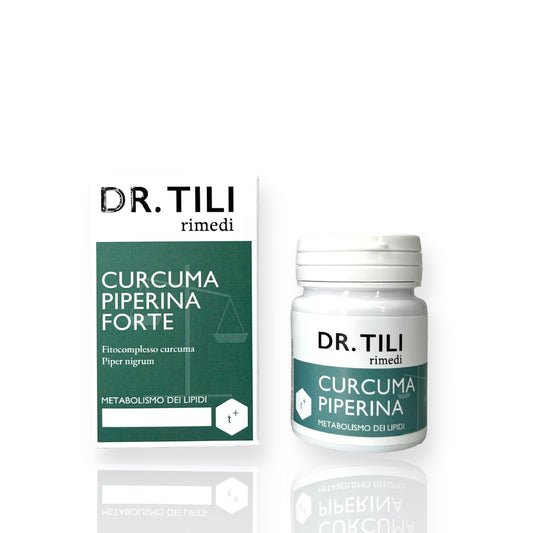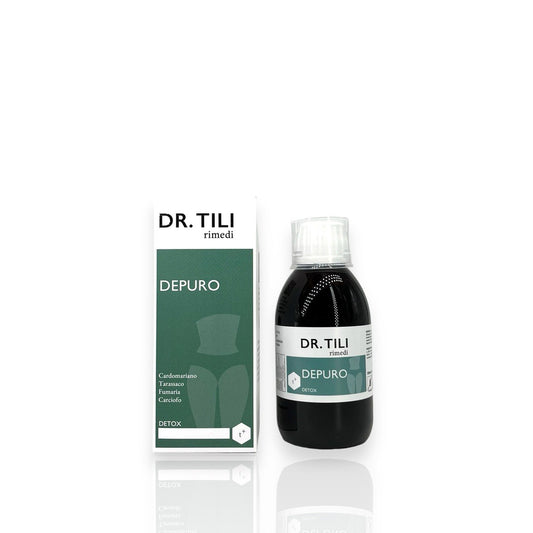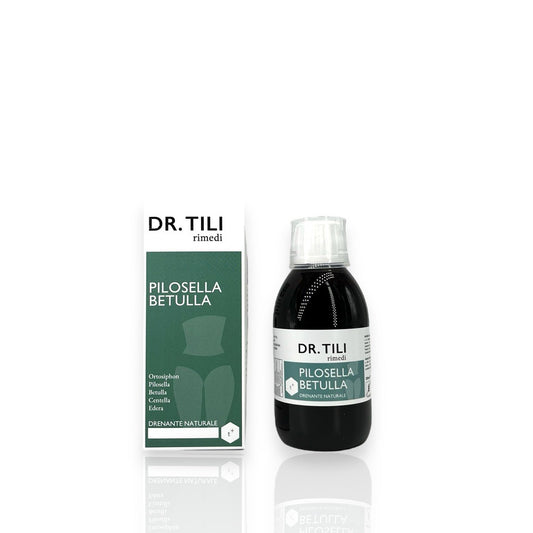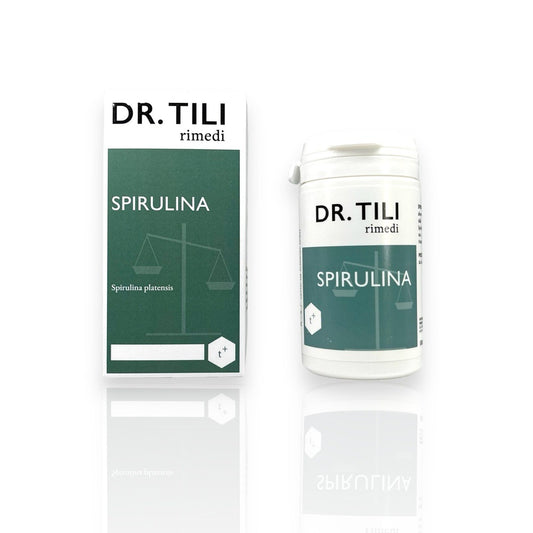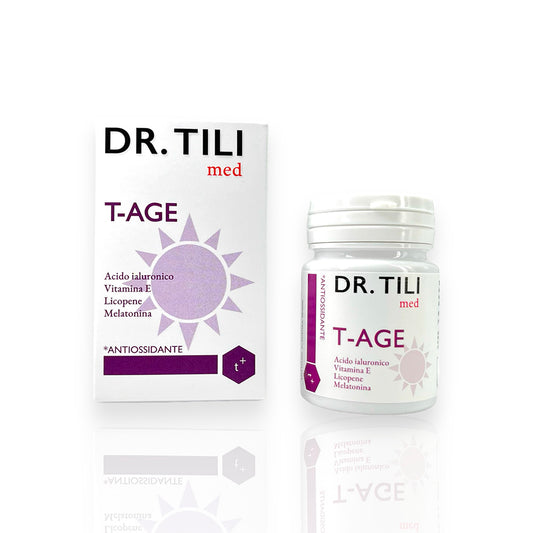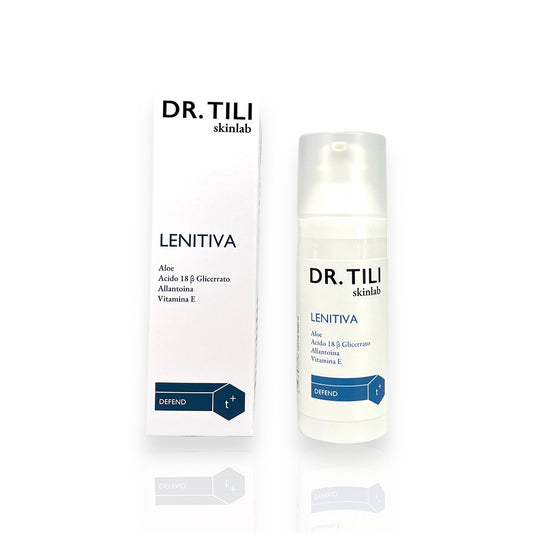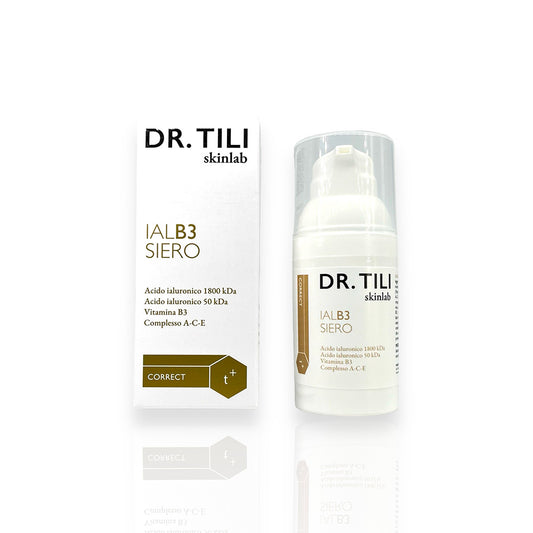HALEON ITALY Srl
Corsodyl 1g/100g dental gel 30g
Corsodyl 1g/100g dental gel 30g

Pickup available at Farmacia Tili
Usually ready in 24 hours
PRODUCT NET WEIGHT
PRODUCT NET WEIGHT
EAN
EAN
014371088
MINSAN
MINSAN
014371088
Corsodyl 1g/100g dental gel 30g is a product specifically formulated for oral hygiene and infection prevention . It contains chlorhexidine gluconate , an active ingredient known for its effective antibacterial and anti-plaque action. This dental gel is particularly suitable for use before and after tooth extractions or minor surgical procedures, thanks to its ability to reduce plaque formation and prevent gingivitis and periodontitis . In addition, it offers additional protection for those who wear dentures , both fixed and removable, thanks to its antiseptic action on teeth and gums. The formulation also includes mint essence , which helps to leave a sensation of freshness in the mouth. Corsodyl dental gel is a valuable ally in maintaining good oral health and preventing complications related to dental plaque.
ACTIVE INGREDIENTS
Active ingredients contained in Corsodyl 1g/100g dental gel 30g - What is the active ingredient in Corsodyl 1g/100g dental gel 30g?
CORSODYL solution and spray for oral mucosa 1 ml of solution contains: Active ingredient chlorhexidine gluconate 2 mg Excipients with known effects: polyoxyethylene-hydrogenated castor oil, mint essence CORSODYL dental gel 1 g of gel contains: Active ingredient chlorhexidine gluconate 10 mg Excipients with known effects: polyoxyethylene-hydrogenated castor oil, mint essence For the full list of excipients, see section 6.1.
EXCIPIENTS
Composition of Corsodyl 1g/100g dental gel 30g - What does Corsodyl 1g/100g dental gel 30g contain?
CORSODYL oral mucosa solution and spray: polyoxyethylene-hydrogenated castor oil , non-crystallizable sorbitol 70%, mint essence , ethyl alcohol (96%), purified water. CORSODYL dental gel: polyoxyethylene-hydrogenated castor oil , hydroxypropylcellulose, sodium acetate, menthol, mint essence , isopropyl alcohol, purified water.
DIRECTIONS
Therapeutic indications Corsodyl 1g/100g dental gel 30g - Why is Corsodyl 1g/100g dental gel 30g used? What is it used for?
Disinfectant action of the oral cavity, even before and after tooth extractions or small operations. Anti-plaque action, adjuvant in the prevention of gingivitis and periodontitis secondary to the formation of dental plaque. Protective action against infections in fixed or removable prosthesis wearers, for the antiseptic activity on teeth and gums.
CONTRAINDICATIONS SIDE EFFECTS
Contraindications Corsodyl 1g/100g dental gel 30g - When should Corsodyl 1g/100g dental gel 30g not be used?
Hypersensitivity to the active substance or to any of the excipients listed in section 6.1.
DOSAGE
Quantity and method of taking Corsodyl 1g/100g dental gel 30g - How to take Corsodyl 1g/100g dental gel 30g?
Oral mucosa solution Adults Pour 10 ml of Corsodyl into the appropriate cup and rinse the mouth for approximately 1 minute twice a day until the symptoms have completely resolved; in the case of ulcers or candidiasis, continue treatment for another 48 hours once clinical resolution has been achieved. The product should not be diluted. Spit out after use. Oral mucosa spray Adults Spray onto teeth and gums twice a day. The maximum daily dosage is 12 sprays (approximately 0.14 ml/per spray) twice a day, in the morning and in the evening. Dental gel Adults Apply 2 cm of gel to teeth and gums for one minute, once or twice a day, using a soft toothbrush or your fingers. In denture wearers, after cleaning, apply a small amount of gel to the surfaces that come into contact with the gums. Spit out any excess product. Do not rinse the mouth after applying the gel. The doses recommended for adults are also suitable for use in elderly patients and children aged 12 years and older, unless otherwise prescribed by a doctor or dentist. In children under 12 years of age, Corsodyl should be used only on the prescription of a doctor or dentist.
CONSERVATION
Storage Corsodyl 1g/100g dental gel 30g - How to store Corsodyl 1g/100g dental gel 30g?
CORSODYL oral mucosa spray: none. CORSODYL dental gel: store below 25°C. CORSODYL oral mucosa solution: do not store above 25°C.
WARNINGS
Warnings Corsodyl 1g/100g dental gel 30g - About Corsodyl 1g/100g dental gel 30g it is important to know that:
Do not exceed the indicated doses. Avoid contact with eyes and ears. If the product comes into contact with eyes or ears, wash promptly with water. The product is for external oral use only; do not swallow. If pain, swelling or irritation of the mouth occurs, stop treatment and consult your doctor or dentist. If a rash, swelling or difficulty breathing appears, stop using the product and consult a doctor immediately. Initially, temporary alterations in taste and temporary sensations of numbness, tingling or burning of the tongue may occur. These effects usually decrease with continued use. If they persist, consult your doctor or dentist. The use, especially prolonged, of products for topical use may give rise to sensitization phenomena; in this case, stop treatment and consult your doctor to establish an appropriate therapy. Do not use for prolonged treatments; after a short period of treatment without appreciable results, consult your doctor. Chlorhexidine gluconate may cause superficial staining of the tongue, teeth and some materials used for fillings and dentures. The stains are not permanent and can be largely prevented by reducing the consumption of food colorants, such as tea, coffee and red wine. For teeth and orthodontic material, such staining can be prevented by using a common toothpaste daily or before using Corsodyl solution, oral mucosa spray and dental gel, taking care to rinse the mouth with water between the two treatments, or at another time of the day. These precautions are necessary because chlorhexidine gluconate is incompatible with anionic compounds generally found in common toothpastes. In some cases, the staining can be eliminated by resorting to a professional cleaning. In the case of dentures and anterior fillings that have infiltrated edges and/or rough surfaces, the pigmentation may persist even after a professional cleaning. Professional cleaning may be required following treatments such as jaw fixation or the application of orthodontic appliances that have prevented the implementation of normal mechanical oral hygiene (e.g. brushing). Important information about some of the ingredients CORSODYL oral mucosa solution, oral mucosa spray and dental gel contain polyoxyethylene-hydrogenated castor oil which may cause localised skin reactions. CORSODYL oral mucosa solution and spray contain mint essence, a flavouring which contains d-limonene, eugenol and linalool, which may cause allergic reactions. CORSODYL dental gel contains mint essence, a flavouring which contains d-limonene which may cause allergic reactions.
INTERACTIONS
Interactions Corsodyl 1g/100g dental gel 30g - Which medicines or foods can modify the effect of Corsodyl 1g/100g dental gel 30g?
No clinically significant interactions with other drugs are known. Avoid concomitant use of other antiseptics.
SIDE EFFECTS
Like all medicines, Corsodyl 1g/100g dental gel 30g can cause side effects - What are the side effects of Corsodyl 1g/100g dental gel 30g?
Adverse reactions from clinical trial data and post-marketing data are listed below by system organ class and frequency. Frequencies are defined as: very common (≥1/10), common (≥1/100, <1/10), uncommon (≥1/1000, <1/100), rare (≥1/10000, <1/1000), very rare (<1/10000), frequency not known (frequency cannot be estimated from the available data). Clinical trial data Gastrointestinal disorders . Very common: coated tongue; Common: dry mouth. Nervous system disorders . Common: ageusia/dysgeusia, glossodynia, oral paraesthesia/hypoesthesia. Post-marketing data Gastrointestinal disorders . Frequency not known: superficial discoloration of the tongue and teeth (see “Special warnings and precautions for use”), pain/irritation of the mouth, desquamation/pain/swelling of the oral mucosa (see “Special warnings and precautions for use”), swelling of the parotid glands. Skin and subcutaneous tissue disorders . Frequency not known: idiosyncratic skin reactions. Immune system disorders . Frequency not known: hypersensitivity, allergic reactions and anaphylaxis (see “Contraindications”, “Special warnings and precautions for use”). The undesirable effects reported are generally mild and local in nature. Reporting of suspected adverse reactions Reporting suspected adverse reactions after authorisation of the medicinal product is important. It allows continued monitoring of the benefit/risk balance of the medicinal product. Healthcare professionals are asked to report any suspected adverse reactions via the national reporting system at: Error! Hyperlink reference not valid. https://www.aifa.gov.it/content/segnalazioni-reazioni-avverse.
OVERDOSE
Overdose Corsodyl 1g/100g Dental Gel 30g - What are the risks of Corsodyl 1g/100g Dental Gel 30g in case of overdose?
Chlorhexidine is poorly absorbed orally. Ingestion of Corsodyl, even in high quantities, should not produce systemic effects, however in such an event it is advisable to consult a doctor to establish an appropriate therapy. Corsodyl solution and spray for oral mucosa contain 6.72% ethyl alcohol, therefore the intake of high doses by children requires attention and, if necessary, the use of a doctor to establish an appropriate therapy.
PREGNANCY AND BREASTFEEDING
If you are pregnant or breast-feeding, think you may be pregnant or are planning to have a baby, ask your doctor for advice before taking Corsodyl 1g/100g dental gel 30g
There is no evidence of adverse reactions on the fetus attributable to the use of the product during pregnancy, or on newborns during breastfeeding. Therefore, no precautions other than those already reported in paragraph 4.4 are necessary.
DRIVING AND USE OF MACHINERY
Taking Corsodyl 1g/100g dental gel 30g before driving or using machines - Does Corsodyl 1g/100g dental gel 30g affect driving or using machines?
No effects on these abilities have been reported or known to occur.



